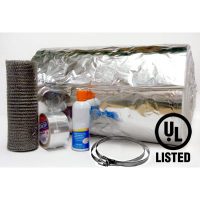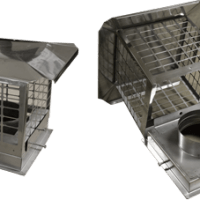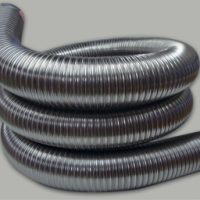Ask most people this question and their answers are usually pretty much the same. Let’s just say first of all if your answer is “I don’t know” or “I don’t have any”, then you MUST change that situation right away.
Statistically, most home fires occur between 10 PM and 6 AM. This also happens to be the time when most people are asleep. Without proper fire protection, it may very well be “dead asleep”.
While a good fire extinguisher may be a quick way to put out a fire if you happen to be right there, keep in mind that most fully empty within about 20 seconds. So, it’s quite obvious that the purpose of a fire extinguisher is not to put out a fire when a room is fully engulfed in flames. What is the strategy, then?
Experts urge people to evacuate a burning building. So, your emergency plan should be to get out of a burning building and make sure all other people and hopefully pets are also removed to safety. Often the reason people die in fires is because they either are too late getting out, or they go back into the burning building. Preparing yourself mentally to understand the dangers and avoiding them will help insure lives are saved.
So, let’s get back to the question: Where is your fire extinguisher? Most people would answer “Near my kitchen stove”, or “Near my electrical panel” or “Near my furnace or hot water heater”. These may all be good places for fire extinguishers, and indeed the wise homeowner will have extinguishers in all of these locations.
However, understanding that most fires occur when everyone is asleep, and the primary goal is to get out of the house alive—and also knowing the fire extinguisher only works for about 20 seconds then you can now learn an important safety point. Your bedrooms should have fire extinguishers preferably as close to your beds as possible. This will enable you to assist getting out of a burning building as safely as possible.
Other strategies in this series will discuss: Have a meeting place, other tools to help escape a burning building, what kinds of fire extinguishers are the best, how to use a fire extinguisher, emergency preparedness plans, and more. At best, we hope we never have to use any of these guides. However, the wise thing is to plan for WHEN, not IF these things will occur.






